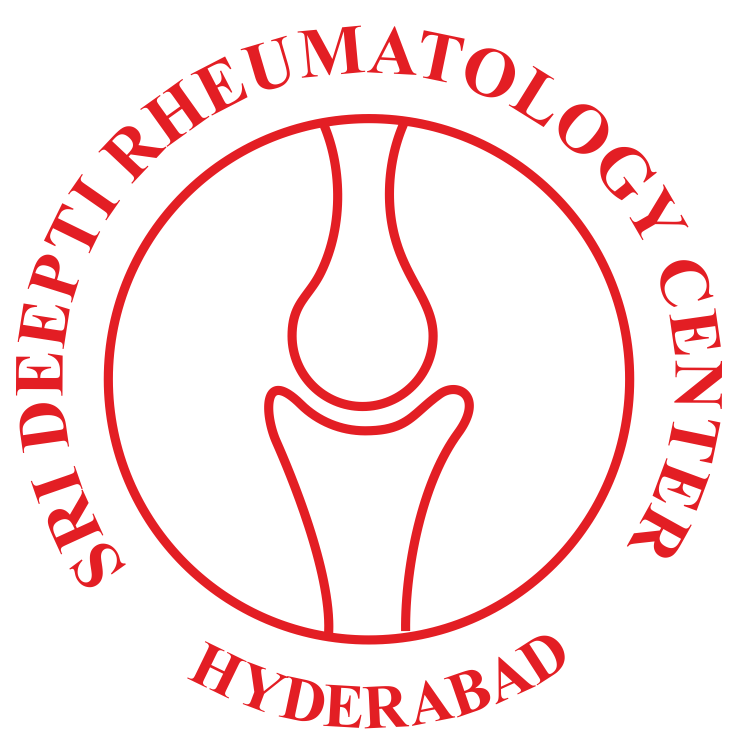Vasculitis and Myositis
Vasculitis is a rare systemic inflammatory condition. The inflammation is directed against the blood vessels and the end organs supplied by those vessels. All blood vessels- arteries, vein and capillaries are affected and different types of vasculitis affect different sizes of blood vessels. Vasculitis itself comprises of various conditions, depending on the type and size of blood vessel affected. Takayasu arteritis, Giant cell arteritis, Wegner’s vasculitis now called Granulomatosis with polyangiitis, Polyarteritis nodosa and small vessel vasculitis form the spectrum of vasculitis. Common end organs affected are skin, eyes, sinuses, lungs, kidney and nerves.
Myositis, meaning inflammation of the muscles, affects mainly the muscles attached to the skeleton called the skeletal muscles. The affected muscle becomes weak. Though many types of myositis occur such as neuromuscular, endocrine related or infectious, the Myositis seen in Rheumatology is Inflammatory myositis. This type of myositis occurs when an autoimmune response causes muscle inflammation resulting in the muscle weakness especially in those of the arms and legs. Proximal muscles, mainly around the shoulder, hips and thighs are affected and the patient will find difficulty to use these muscles. Symptoms are muscle weakness and pain around upper arms, buttocks and thighs with inability to get up or go about activities including going to the toilet. Three common types of myositis are seen:
- Polymyositis
- Dermatomyositis and
- Inclusion body myositis.
These conditions though rare can cause significant complications. These conditions need a comprehensive and intensive care to control the muscle damage.
